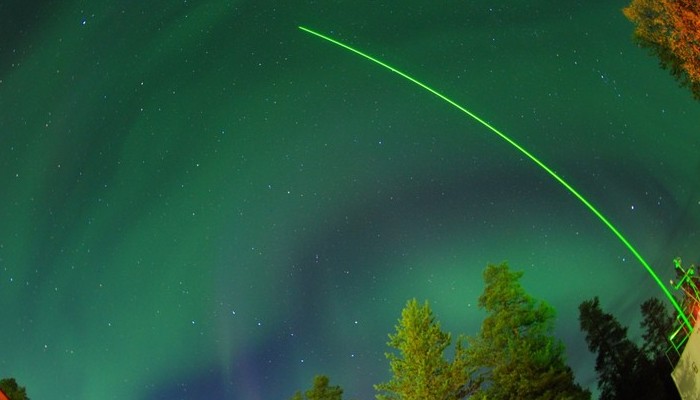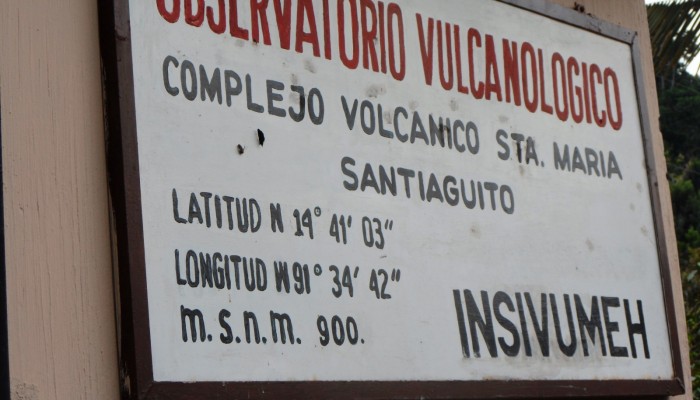Research takes Earth scientists to the four corners of globe. So, if you happen to have a keen interest in photography and find yourself doing research at high latitudes, chances are you’ll get lucky and photograph the dancing night lights: aurora (or northern lights), arguably one of the planet’s most breath taking natural phenomenon. That is exactly the position Matias Takala, a researcher at th ...[Read More]
If you didn't find what you was looking for try searching again.
Geomorphology
Active groups in Geomorphology around Europe
When setting up the first ideas for this blog Jan, Lucy and I started to research different national groups of geomorphologists from around Europe. Lucy came up with 13 contacts to groups in Europe and some were happy to write some short notes about their great work national and partly international. To give you a small impression, some contacts and visions please see the following posts by the It ...[Read More]
Geology Jenga
Outreach on the slopes.
One of the beauties of living in Munich is that the Alps are, practically, on your door step. As I mentioned in one of our more recent posts, now that I am here, I’m looking forward to exploring the city, its surroundings and further afield! Making it to the top That is exactly what I did a few weekends ago. After a little research, I chose to visit the town of Garmisch-Partenkirchen, at the footh ...[Read More]
Geology for Global Development
Images of Guatemala (8) – Volcanic Observatories
The volcanic observatories, run by the National Institute for Seismology, Volcanology, Meteorology and Hydrology (INSIVUMEH), are based close to Guatemala’s active volcanoes, including Fuego and Santiaguito. Observers, located at each observatory, make observations and work with those in the local community to share information about the volcano. Our fundraising project will be working to st ...[Read More]
Geology for Global Development
Guest Blog: Christopher and Logan cycle Britain’s Water for Burkina Faso’s Water
Yesterday we shared a blog written by Christopher Barry (University of Birmingham), outlining previous work in Burkina Faso with the charity ‘Friends in Action’. Christopher and Logan Mills (University of Warwick) are cycling 270 km from Bristol to Birmingham on the 12th and 13th December, in aid of ‘Friends in Action’, and here write about their latest contribution to this ...[Read More]
GeoLog
Connecting Earth scientists and school students – Apply to take part in I’m a Geoscientist!
What and when Imagine a talent show where contestants get voted off depending on their skills in their area of choice. Then imagine that this talent show is populated by scientists with school students voting them off based on the scientist’s ability to communicate their research well. This is the basis of a recent EGU educational initiative that launched earlier in 2014, and that will return in 2 ...[Read More]
Geology for Global Development
Guest Blog: Water of Life Project – Safe Drinking Water in Burkina Faso
Christopher Barry was the winner of our Blog Competition in 2012, with this article on safe drinking water in Burkina Faso. Christopher was privileged to be able to visit Burkina Faso prior to writing this, a very rural country where a great number of people are dependent on drilled wells with hand pumps for clean water. In Ouagadougou he met Mark Collier, where they talked at length about hydroge ...[Read More]
Seismology
New EGU Seismology Division president
The EGU division presidents for 2015-2017 have been elected. The new Seismology Division (SM) president is Paul Martin Mai. We will learn more about Paul Martin in a future post. Till then, congratulations to Paul Martin Mai! All Division presidents will be inaugurated during the EGU plenary meeting on 13 April 2015 in Vienna, Austria, with the term lasting for two years from inauguration. To see ...[Read More]
Cryospheric Sciences
My drone summer – Johnny Ryan
In the summer of 2014, our group at Aberystwyth University and the University of Cambridge decided to pursue an ambitious but exciting field campaign in West Greenland. The aim was to survey Store Glacier once a day using a fixed-wing unmanned aerial vehicle (UAV) (see photo above for a view from the UAV on its way back from a mission with Store Glacier, West Greenland in the background). The UAV ...[Read More]
GeoLog
Imaggeo on Mondays: An ancient landscape and the never setting sun.
This week’s Imaggeo on Mondays image is brought to you by Florian Heinlein, a meteorologist by training now working on his PhD modelling water transport in agricultural plants. This image was taken even before he started his bachelor’s degree and studying the Earth’s atmosphere and climate change was still a pipeline dream. This picture was taken during a holiday trip through the Baltics in July 2 ...[Read More]







